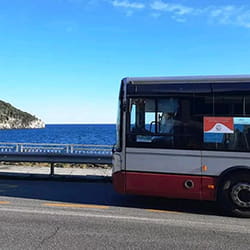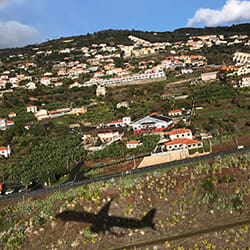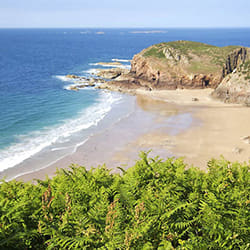And whaddya know! Portugal’s Pastel de Belém has the top spot. The second-place rank also goes to a Portuguese pastry, Pastel de Nata. These pastries are known in Japan as “egg tarts.”

Source: TasteAtlas
Pastel de Nata has been made by Catholic nuns and priests since before the eighteenth century. It’s a pastry made from a kind of pie dough stuffed with lots of custard. Pastel de Belém, also a custard-filled pastry made from a pie-like dough, traces back to Jerónimos Monastery in the 19th century.
Interesting, right? Both the first and second slots feature custard tarts.
The bakery that sells Pastel de Belém is called Pastéis de Belém, and is located on the UNESCO World Heritage property known as the complex of Belém. These famous pastries originated at the Jerónimos Monastery in Belém.
The story goes that in the early 19th century, there was a sugar refinery located next to the monastery. When Portuguese monasteries were shut down in 1834 as a result of the Liberal Revolution of 1820, the ousted priests started baking the pastries to survive.
Their custard tart recipe has been passed down unchanged since 1837, remaining a secret shared only among the top confectioners and the family that runs the bakery. I’ve visited the Fábrica Pastéis de Belém manufacturing plant several times, but the room where they put the ingredients together is behind a closed door with a sign that reads “Secret Room.” Nobody is allowed inside. They sure know how to pique visitors’ curiosity!

The difference, then, between the two custard tarts at the top of the recent rankings, is that only the pastries made at the Fábrica Pastéis de Belém are called Pastel de Belém, while Pastel de Nata is the general term for custard tarts made elsewhere. That said, the custard in Pastel de Belém is rich and creamy and the pastries are served hot, so they undeniably have a special flavor.
You can get them served with a sprinkle of cinnamon and powdered sugar on top of the custard. Adding more cinnamon masks the sweetness and makes them the perfect complement to a Portuguese bica espresso.
Oh, and I went to the sea urchin festival again this year!
It’s been going on for seven years already!
This year, 24 local restaurants participated. If you visit the restaurants during the festival, you can get special limited-edition sea urchin dishes. The beachside café restaurant I frequent was one of the 24.

Ribeira d’Ilhas
Starter: Pão de Mafra topped with sea urchin and country fresh cheese, drizzled with lemon vinaigrette and basil oil
Main: Sea urchin risotto served with shrimp carpaccio and wakame seaweed
About ten chefs were invited this year. Like last year, they set up in a corner of the Ericeira market to each demonstrate and allow people to taste a sea urchin dish.
I went on the day that chef Paulo Morais was cooking!
Paulo Morais is the chef at a Japanese kaiseki restaurant in Portugal called Kanazawa, and can be rightly called a pioneer of Japanese cuisine in Portugal. His restaurant earned a Michelin star last year.
I went with a friend, hugely anticipating that Chef Morais would unveil a sea urchin gunkan maki roll.

He ended up preparing an original dish that I hadn’t expected, but it was the kind of artistic achievement you’d expect from a Michelin-starred chef.

Chef Morais’ dish
The sea urchin is cut in half, the top removed and the bottom used as a dish. Fine strips of squid are charred from above and paired with seasonal broad beans and sliced, pan-fried wagyu. The dish is then topped with frothed sea urchin and kimchi juice, with a green pea sprout garnish to finish.
They were selling oysters and sea urchin next to Chef Morais, but the dishes served at the sea urchin festival were free, so I lined up at his booth twice!
As I enjoyed it with some chilled local green wine, I vowed yet again that I would return next year.































































